Home>Garden Essentials>Where Does Nyjer Seed Come From
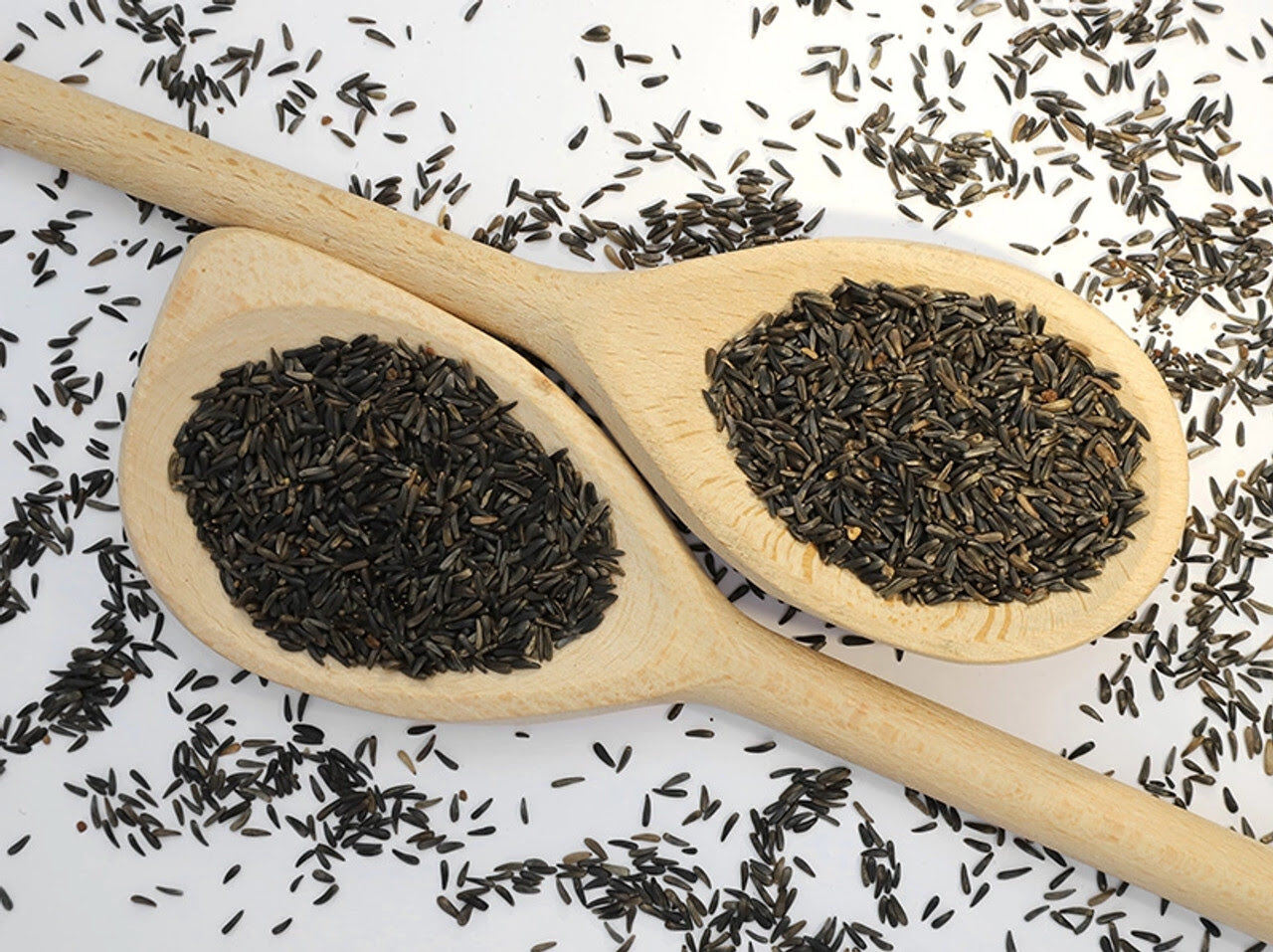

Garden Essentials
Where Does Nyjer Seed Come From
Modified: March 15, 2024
Discover the origin of Nyjer seed for your garden. Learn where this essential bird feed comes from and how it can benefit your backyard birds.
(Many of the links in this article redirect to a specific reviewed product. Your purchase of these products through affiliate links helps to generate commission for Storables.com, at no extra cost. Learn more)
Introduction
Welcome to the world of bird feeding! If you’re an avid bird watcher, you’ve probably heard of Nyjer seed, also known as thistle seed. Nyjer seed is a small, black seed that is highly valued by birds, especially finches and other small songbirds. But have you ever wondered where Nyjer seed comes from? In this article, we’ll explore the origins of Nyjer seed, how it is harvested and processed, and its significance in bird feeding.
Originating from Ethiopia and India, Nyjer seed is derived from the yellow-flowered plant known as Guizotia abyssinica. Despite its name, Nyjer seed is not actually related to thistle. The plant grows in the wild and is cultivated in certain regions for its seeds, which are rich in oil and protein. These small seeds have become a staple food source for many bird species, making it a popular choice for bird enthusiasts who want to attract a diverse range of feathered visitors.
So, how is Nyjer seed produced and made available for purchase? Let’s delve deeper into the process of harvesting, processing, and packaging of this coveted bird food.
Key Takeaways:
- Nyjer seed, loved by finches, comes from the Guizotia abyssinica plant in Ethiopia and India. Its small size and high oil content make it a favorite among bird enthusiasts for attracting colorful songbirds.
- Harvested and processed with care, Nyjer seed is a nutritious and vital food source for birds, especially during colder months. Sustainable farming practices and responsible consumer choices can help minimize its environmental impact.
Read more: Where Does Poppy Seed Come From
The Origins of Nyjer Seed
As mentioned earlier, Nyjer seed comes from the yellow-flowered plant Guizotia abyssinica. This plant is native to Ethiopia and India and has been cultivated for centuries for its nutritional seeds.
In its natural habitat, Guizotia abyssinica grows in dry, arid regions. It thrives in well-drained soil and can withstand high temperatures and drought. The plant reaches a height of about three feet and produces beautiful yellow flowers that turn into small, oblong-shaped seeds.
The cultivation of Guizotia abyssinica varies across different regions. In Ethiopia, it is primarily grown for its oil content, while in India, the focus is on its use as a food source for both humans and animals. In recent years, the cultivation of this plant has expanded to countries like Nigeria, Myanmar, and Nepal.
Once the Guizotia abyssinica plants are fully grown and the seed pods have matured, the seed heads are carefully harvested. The seeds are separated from the plant material and collected for further processing.
It’s worth noting that Nyjer seed is not native to North America, where it is most commonly used for bird feeding. Instead, it was introduced to the continent in the 20th century as a crop for the production of cooking oil. However, it quickly gained popularity among bird watchers and became a favorite food for finches due to its high oil content and small size.
Now that we have a basic understanding of where Nyjer seed comes from let’s explore how it is harvested, processed, and made available for purchase.
Harvesting Nyjer Seed
Harvesting Nyjer seed requires careful attention and precision to ensure the seeds are collected efficiently and effectively. It is a labor-intensive process that involves several steps.
The first step in harvesting Nyjer seed is waiting for the Guizotia abyssinica plants to reach maturity. This typically occurs around 90 to 100 days after planting. The plants are monitored closely during this period to ensure optimal seed development.
Once the plants have matured, the seed heads are carefully cut from the plant using sharp tools. It is important to handle the plants with care to avoid damaging the delicate seeds.
After cutting the seed heads, they are left to dry in a well-ventilated location, protected from moisture and direct sunlight. Proper drying is crucial to prevent mold or mildew growth and ensure the longevity of the harvested seeds.
Once the seed heads are completely dry, they are gently threshed to separate the seeds from the remaining plant material. This can be done by hand or with the help of specialized machinery. The seeds are collected in large containers or bags.
Some farmers use winnowing techniques to further clean the seeds. This involves tossing the seeds into the air and allowing the wind to blow away any remaining debris or impurities.
Harvested Nyjer seeds undergo quality checks for size, color, and general appearance. The seeds that meet the required standards are then ready for further processing.
It’s important to note that harvesting Nyjer seed requires knowledge and expertise to ensure a high-quality product. Farmers and producers must adhere to strict guidelines and standards to guarantee the seeds’ purity and nutritional value.
Now that we’ve examined the harvesting process, let’s take a closer look at how the Nyjer seeds are processed after they are harvested.
Processing Nyjer Seed
Processing Nyjer seed involves a series of steps to clean, sterilize, and enhance the quality of the harvested seeds. This ensures that the final product is free from impurities and maintains its nutritional value.
The first step in processing Nyjer seed is cleaning and removing any remaining plant debris, dust, or other impurities. This is typically done using a combination of mechanical cleaning processes, such as sieving and air blowing, to separate the seeds from any unwanted material.
Once the seeds are cleaned, they go through a sterilization process to eliminate any potential pathogens or contaminants. This is especially important for bird feeding purposes, as it helps maintain the health and well-being of the birds.
Sterilization is usually done through a combination of heat treatment and steam. The seeds are exposed to high temperatures for a specific period of time to ensure any microorganisms present are neutralized. This process also helps to extend the shelf life of the seeds.
After sterilization, the seeds are carefully dried to remove excess moisture. This is crucial to prevent the growth of mold or mildew during storage or transportation.
Once the seeds are fully dried, they may undergo additional processing to enhance their appeal and nutritional value. This can include adding vitamins or mineral supplements to boost their nutritional content.
Some producers also coat the seeds with edible oils to increase their oil content and attractiveness to birds. These oil coatings not only provide additional nutrients but also help to prevent the seeds from drying out and losing their flavor.
Throughout the processing stage, quality control measures are implemented to ensure that the final product meets strict standards. This includes regular testing for cleanliness, purity, and nutritional value.
After processing is complete, the Nyjer seeds are packaged and prepared for distribution.
Now that we’ve learned about the processing of Nyjer seed, let’s explore how it is packaged and distributed to reach bird feeders around the world.
Nyjer seed comes from the African yellow daisy flower, Guizotia abyssinica. It is a popular bird seed due to its high oil content and small size, which attracts finches and other small birds.
Packaging and Distribution of Nyjer Seed
Once the Nyjer seeds have been harvested and processed, they are packaged and prepared for distribution to bird enthusiasts and retailers.
The packaging of Nyjer seed varies depending on the producer and the intended market. Typically, the seeds are packed in small, lightweight bags made of paper or plastic. These bags are designed to protect the seeds from moisture, sunlight, and air exposure, ensuring their freshness and quality.
Some manufacturers also offer Nyjer seed in bulk packaging options for bird feeding enthusiasts who require larger quantities. These bulk packages come in sturdy containers like buckets or resealable bags, allowing for easy storage and dispensing.
Once the seeds are packaged, they are ready for distribution. Nyjer seed is distributed through various channels, including specialty bird supply stores, garden centers, online retailers, and pet stores.
In recent years, online platforms have become increasingly popular for purchasing Nyjer seed. These platforms provide convenience and a wide range of options for bird enthusiasts to choose from, ensuring that Nyjer seed is easily accessible to everyone.
During the distribution process, it is essential to handle the Nyjer seed with care to prevent damage or contamination. Proper storage conditions, such as cool and dry environments, are crucial to maintain the seeds’ freshness and nutritional value.
The distribution of Nyjer seed is not limited to any geographical boundaries. Bird feeding enthusiasts from various parts of the world can enjoy the benefits of this nutritious seed, attracting a wide range of beautiful bird species to their backyard.
Now that we understand the packaging and distribution of Nyjer seed, let’s explore its primary use in bird feeding and the environmental impact of its production.
Read more: Where Does Cumin Seed Come From
Uses of Nyjer Seed in Bird Feeding
Nyjer seed has gained immense popularity among bird enthusiasts for its ability to attract a variety of small songbirds, especially finches, to bird feeders. Its small size and high oil content make it an ideal food source for these birds.
When provided in specially designed feeders, Nyjer seed attracts finch species such as American goldfinches, house finches, and pine siskins. These colorful birds are known for their acrobatic feeding behavior and delightful songs, making them a favorite among bird watchers.
One of the reasons why Nyjer seed is so attractive to finches is its high energy content. The seeds are packed with oils, fats, and proteins that provide a concentrated source of nutrition. This is particularly important during colder months when birds require additional energy to stay warm and survive.
Another key advantage of Nyjer seed is its size. The small, fine seeds are easy for finches to handle and consume, allowing them to efficiently extract the nutrients without much effort. This makes it an excellent choice for both adult birds and their fledglings.
In addition to attracting finches, Nyjer seed may also attract other small songbirds such as sparrows, doves, and buntings. While finches are the primary beneficiaries, many other species may also enjoy feasting on Nyjer seed.
When using Nyjer seed in bird feeders, it’s important to choose feeders specifically designed for these small seeds. These feeders typically feature small feeding ports or mesh openings that prevent the seeds from spilling out while still allowing the birds easy access.
Regularly replenishing the Nyjer seed in the feeders is essential to ensure a continuous supply for the birds. Avoid allowing the seed to become wet or moldy, as this can be harmful to the birds’ health. Cleaning the feeders regularly is also important to prevent the buildup of bacteria or other contaminants.
Overall, Nyjer seed offers a fantastic opportunity to observe an array of beautiful songbirds up close and personal. Its nutritional value and attractiveness make it a must-have for any bird feeding enthusiast.
Now let’s dive into the environmental impact of Nyjer seed production and its cultivation.
Environmental Impact of Nyjer Seed Production
The production of Nyjer seed, like any agricultural activity, has both positive and negative environmental impacts. Let’s explore them in more detail.
On the positive side, the cultivation of Guizotia abyssinica, the plant from which Nyjer seed is derived, can have several environmental benefits. These plants are typically grown as annual crops, meaning they are planted, harvested, and replanted within a single growing season. This rotation system can help improve soil health and fertility and reduce the risk of soil erosion.
Furthermore, the extensive root system of Guizotia abyssinica aids in moisture retention, reducing the need for excess irrigation and conserving water resources. This is particularly advantageous in regions prone to drought or with limited access to water.
In terms of biodiversity, Nyjer seed production can contribute to providing habitat and food for various bird species. As the seed heads mature, they provide a valuable food source for both resident and migratory birds. The increased availability of Nyjer seed can help support bird populations and contribute to overall ecosystem health.
However, it’s important to consider the potential negative impacts of Nyjer seed production as well. One significant concern is the use of pesticides and fertilizers during cultivation. If not managed properly, these chemicals can have adverse effects on soil and water quality, harm beneficial insects and wildlife, and disrupt the integrity of ecosystems.
In addition, the transportation of Nyjer seed from cultivation sites to packaging and distribution centers can contribute to greenhouse gas emissions and air pollution. To mitigate these impacts, it is essential to prioritize sustainable transportation methods and reduce overall carbon footprints.
As consumers, we can also contribute to reducing the environmental impact of Nyjer seed production by purchasing seeds from reputable sources that prioritize sustainable and responsible farming practices. Supporting companies that adhere to organic farming methods, minimize chemical inputs, and prioritize wildlife conservation can make a positive difference.
Additionally, we can play our part by properly disposing of Nyjer seed packaging and reducing unnecessary waste. Opting for reusable or biodegradable packaging options whenever possible can help minimize environmental harm.
Overall, while there are environmental considerations associated with Nyjer seed production, proactive measures can be taken to mitigate negative impacts and promote sustainable practices. By making informed choices and advocating for responsible farming methods, we can enjoy the benefits of Nyjer seed while ensuring the well-being of our natural ecosystems.
Now, let’s conclude our exploration of Nyjer seed and its significance in bird feeding.
Conclusion
Nyjer seed, derived from the yellow-flowered plant Guizotia abyssinica, has become a beloved choice for bird feeding enthusiasts. Its small size, high oil content, and nutritional value make it highly attractive to finches and other small songbirds.
Originating from Ethiopia and India, Nyjer seed is harvested from matured Guizotia abyssinica plants. The cultivation and harvesting process requires careful attention and expertise to ensure the production of high-quality seeds.
After harvesting, Nyjer seed undergoes processing, including cleaning, sterilization, and drying. This ensures the seeds are free from impurities and maintain their nutritional value. The seeds are then carefully packaged in bags or containers for distribution to bird enthusiasts and retailers.
Nyjer seed’s primary use is in bird feeding, especially for attracting finch species. It provides a concentrated source of energy and nutrition, making it a vital food source during colder months. Specialized feeders are available to accommodate the small size of Nyjer seeds and prevent wastage.
While Nyjer seed production has both positive and negative environmental impacts, there are measures that can be taken to mitigate its ecological footprint. Sustainable farming practices, responsible use of pesticides and fertilizers, and conscious consumer choices can contribute to minimizing the environmental impact.
As bird feeding enthusiasts, it is important to appreciate the role Nyjer seed plays in supporting bird populations and fostering biodiversity in our surroundings. By being mindful of our choices and considering the environmental implications, we can enjoy the beauty of these feathered visitors while respecting and preserving the natural world.
In conclusion, Nyjer seed offers a wonderful opportunity to connect with nature and observe the vibrant avian life that surrounds us. So, fill your feeders, sit back, and enjoy the delightful display of finches and other small songbirds that Nyjer seed attracts.
Frequently Asked Questions about Where Does Nyjer Seed Come From
Was this page helpful?
At Storables.com, we guarantee accurate and reliable information. Our content, validated by Expert Board Contributors, is crafted following stringent Editorial Policies. We're committed to providing you with well-researched, expert-backed insights for all your informational needs.
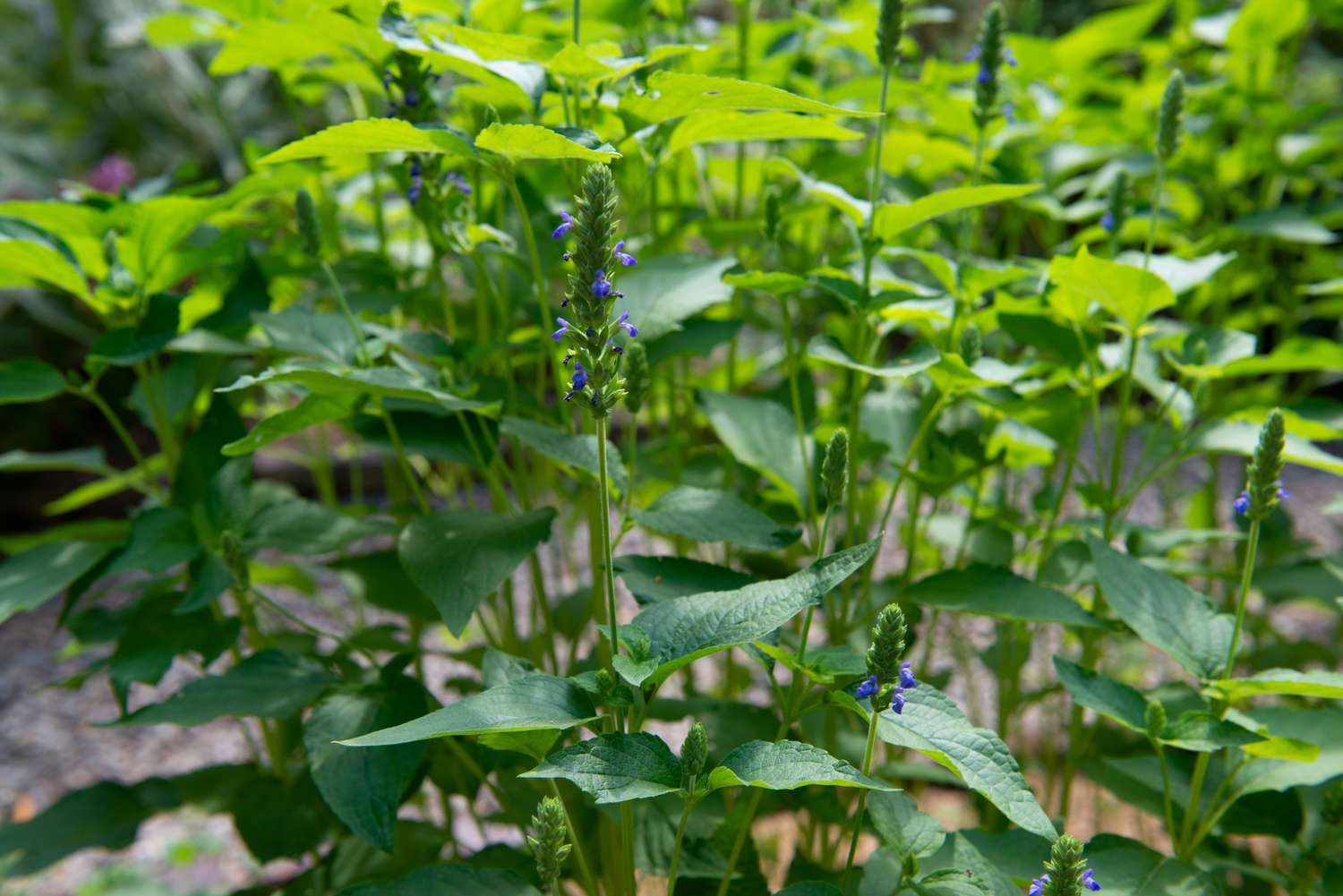
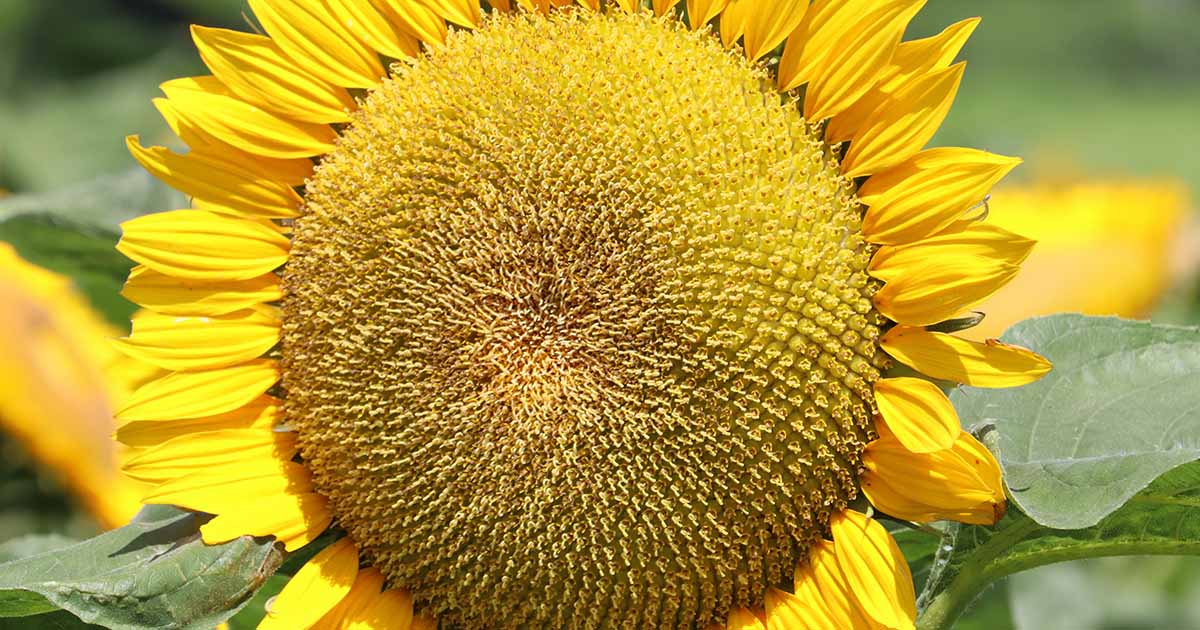
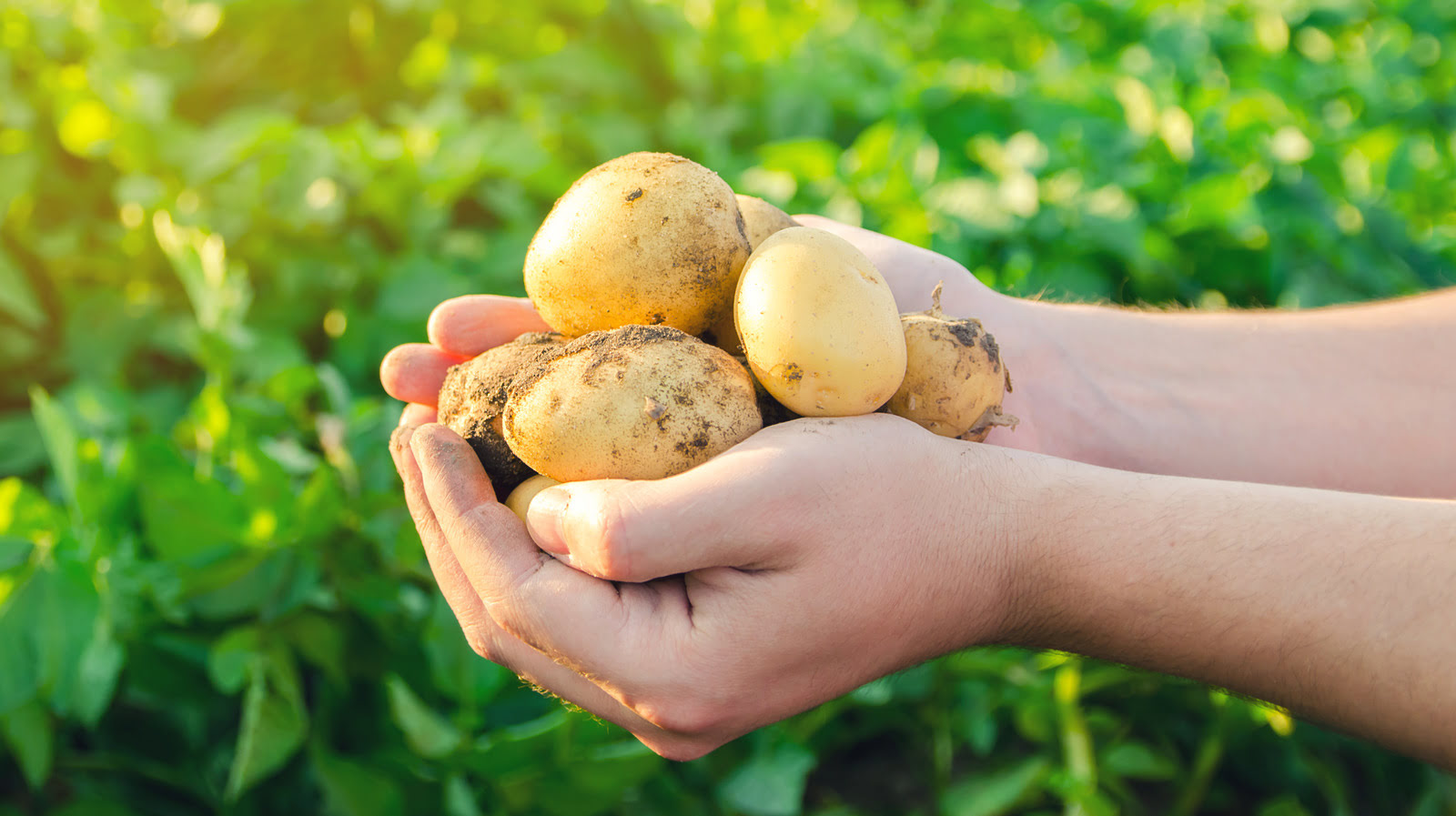
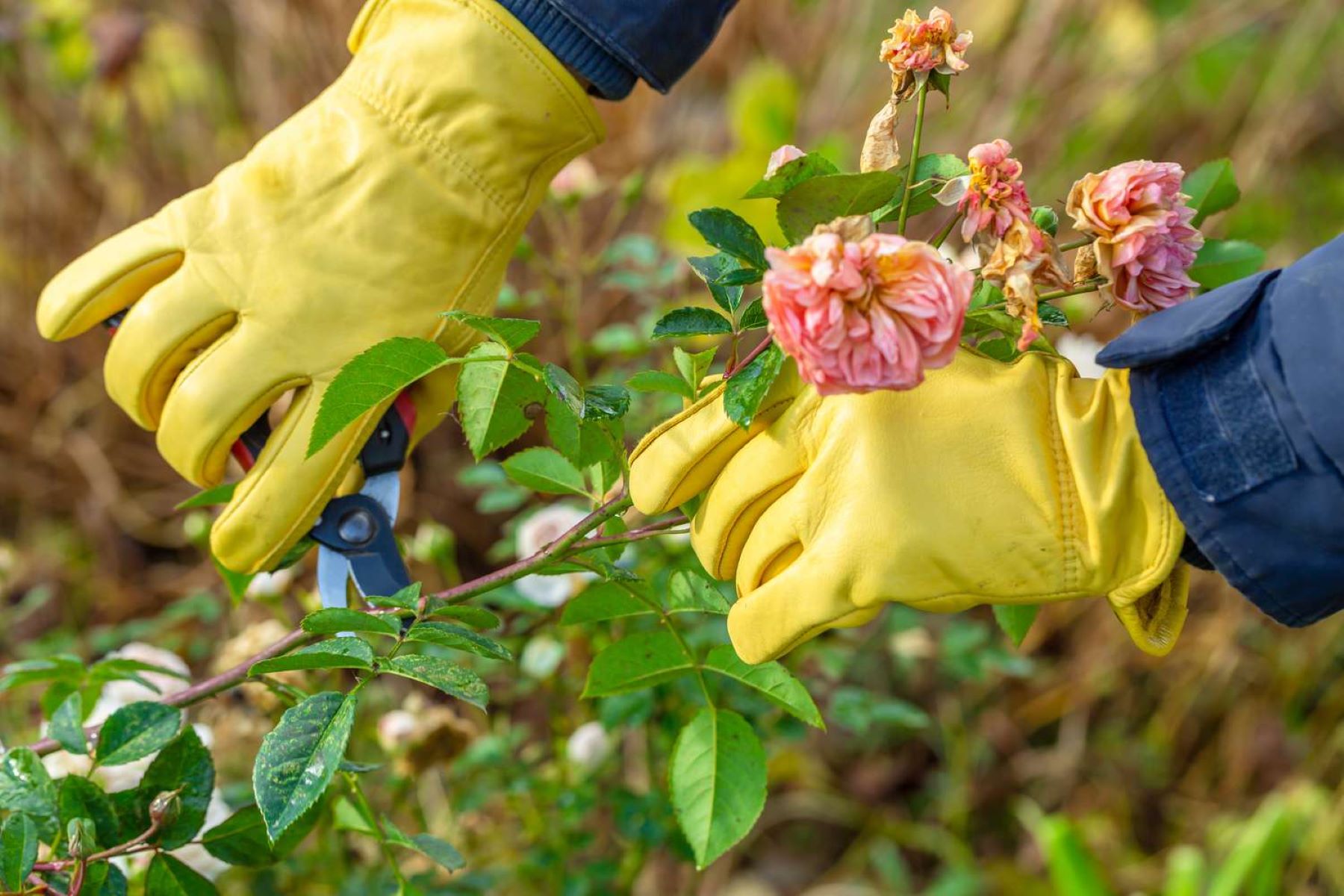
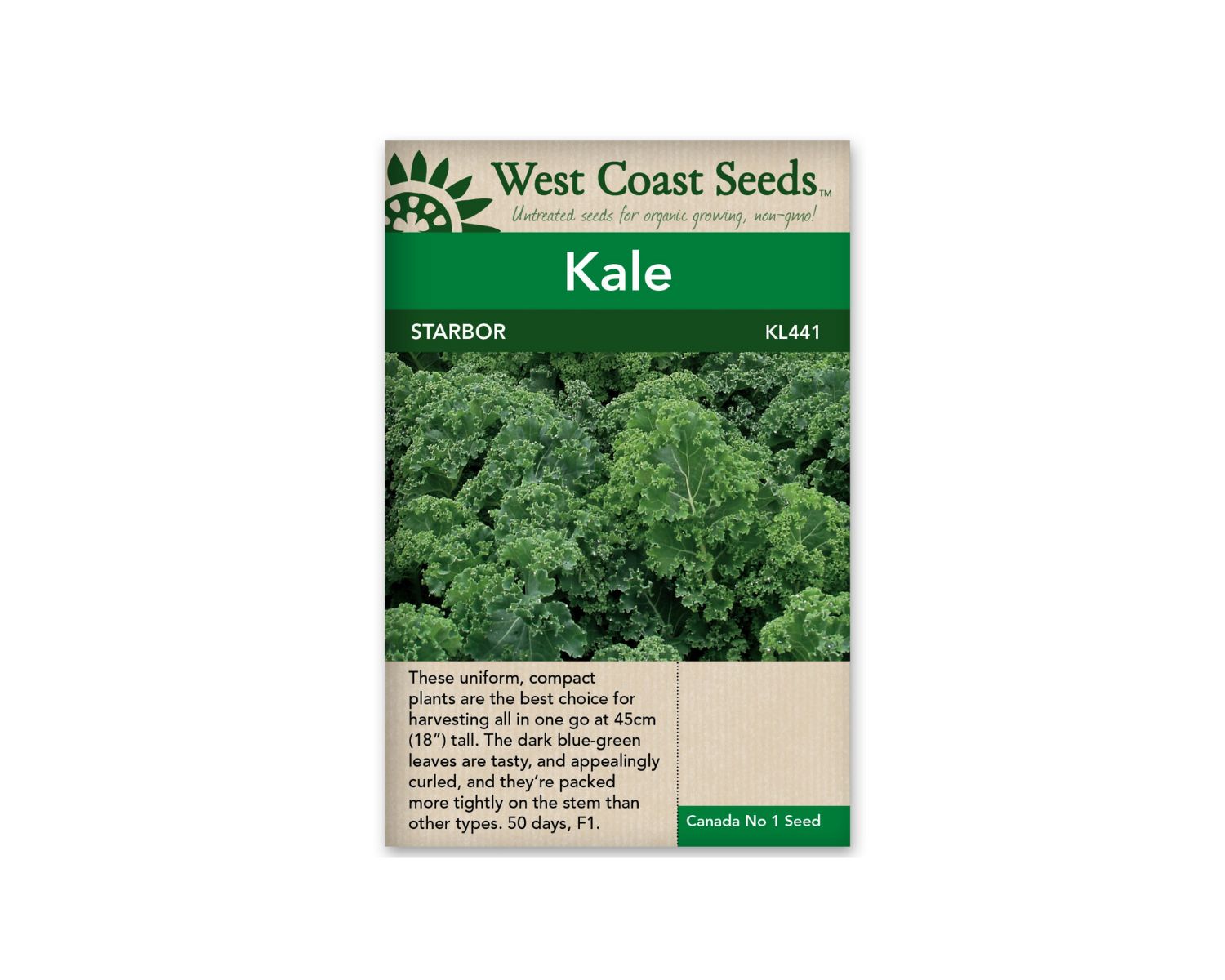
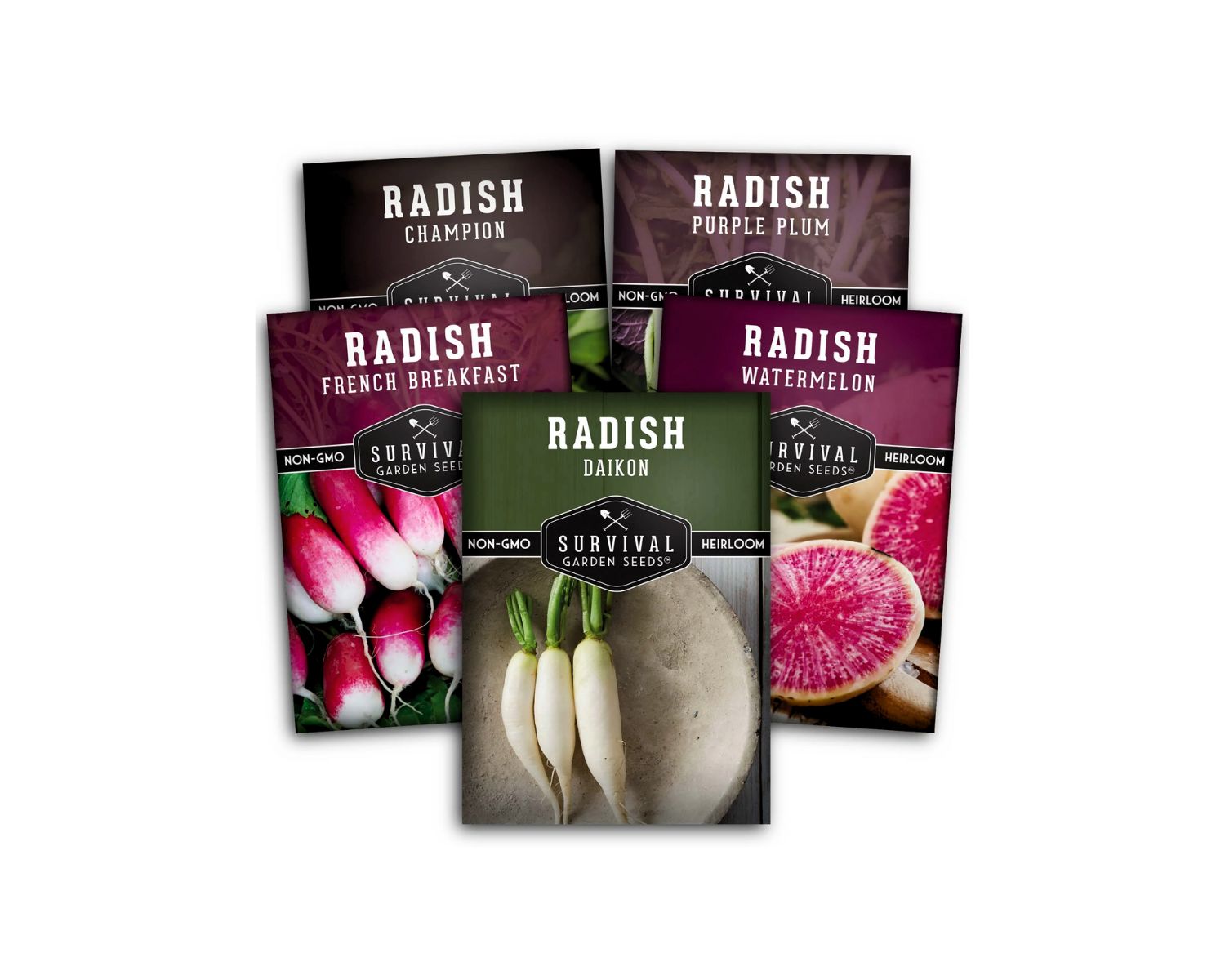
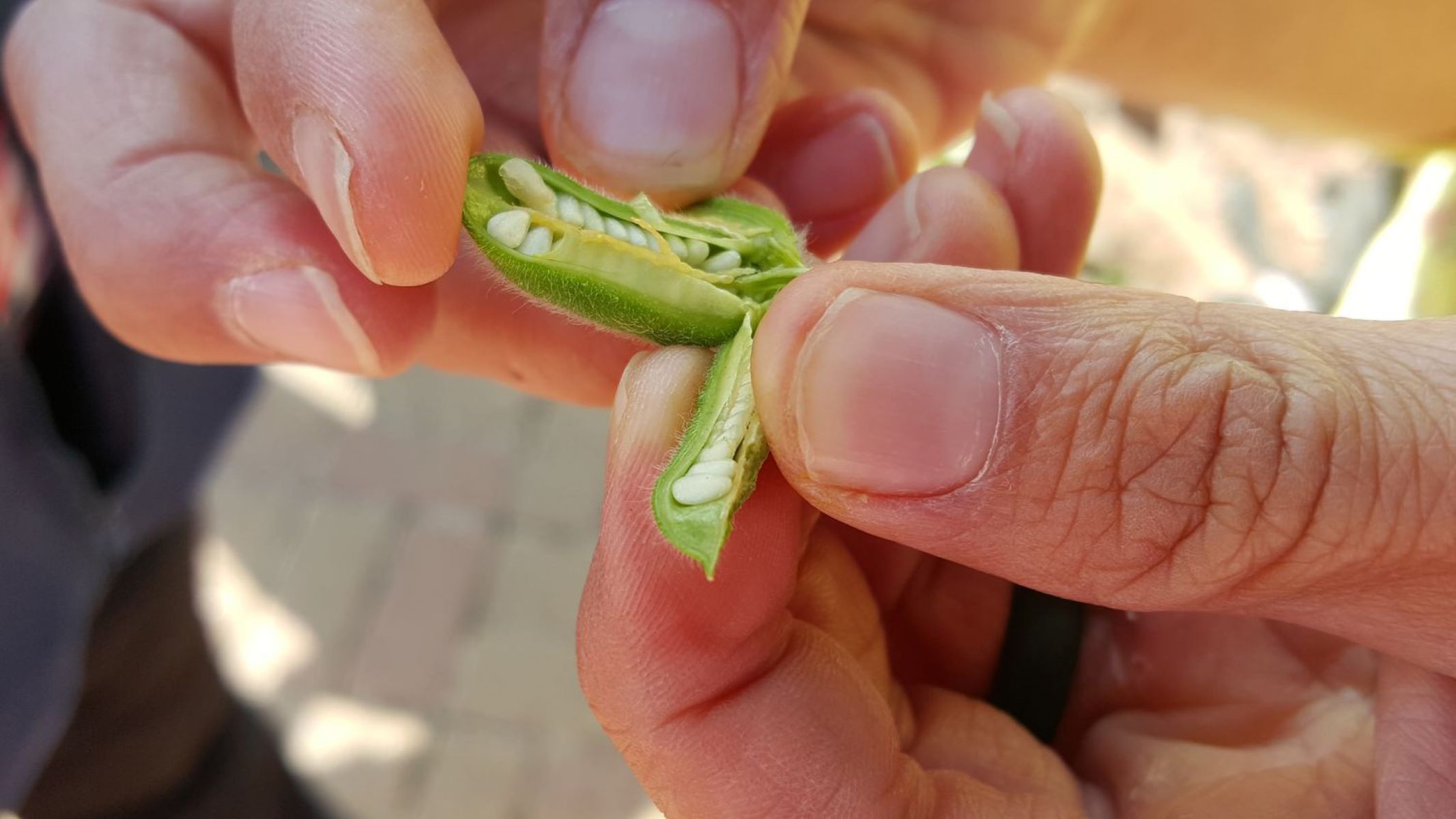
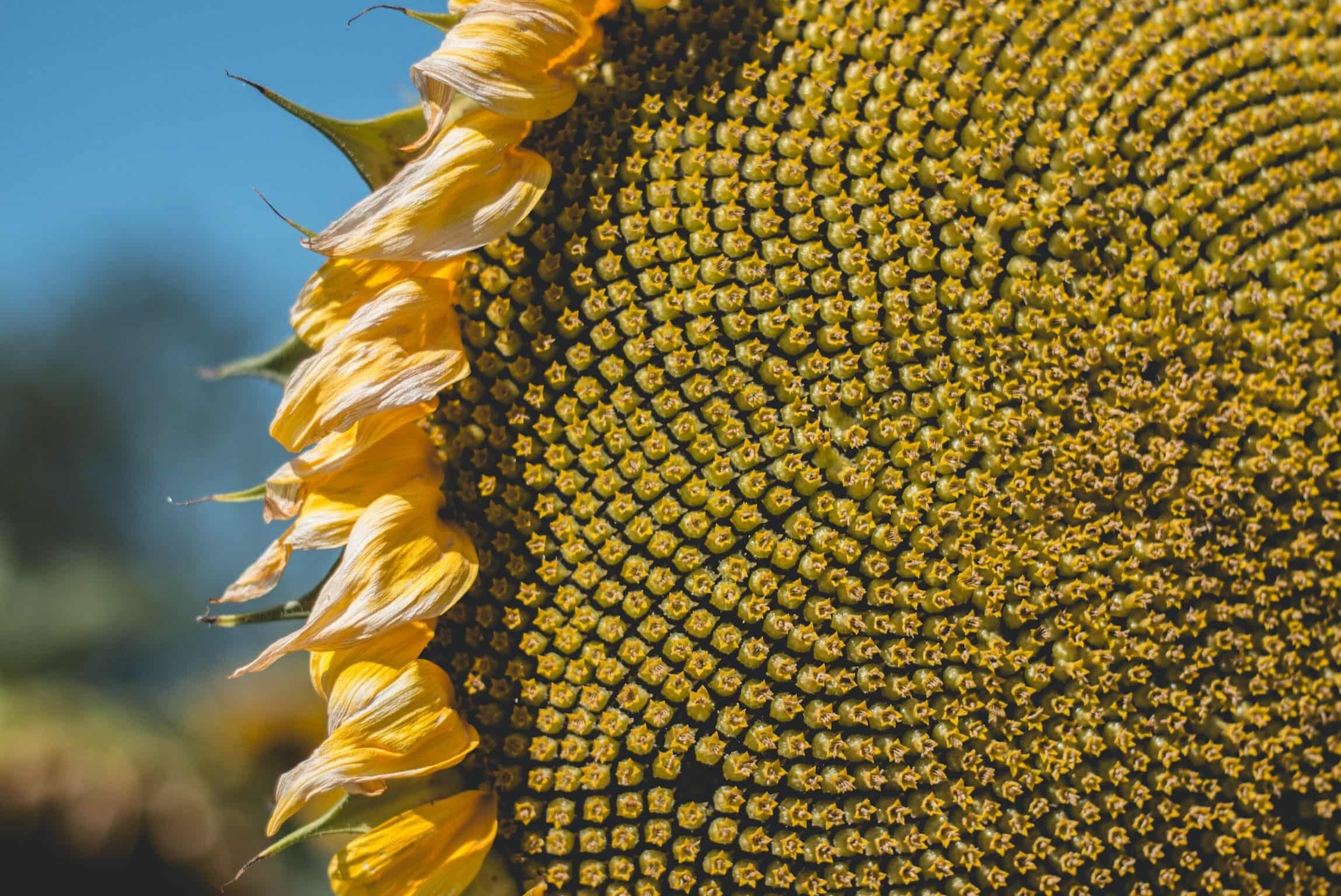
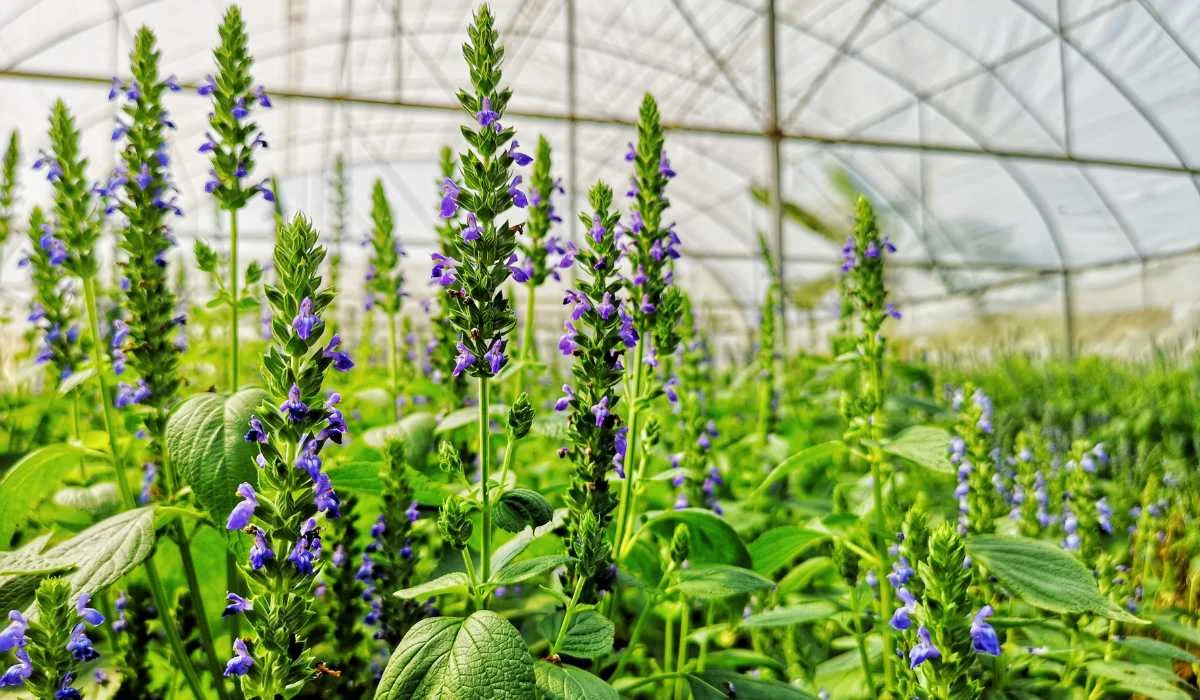
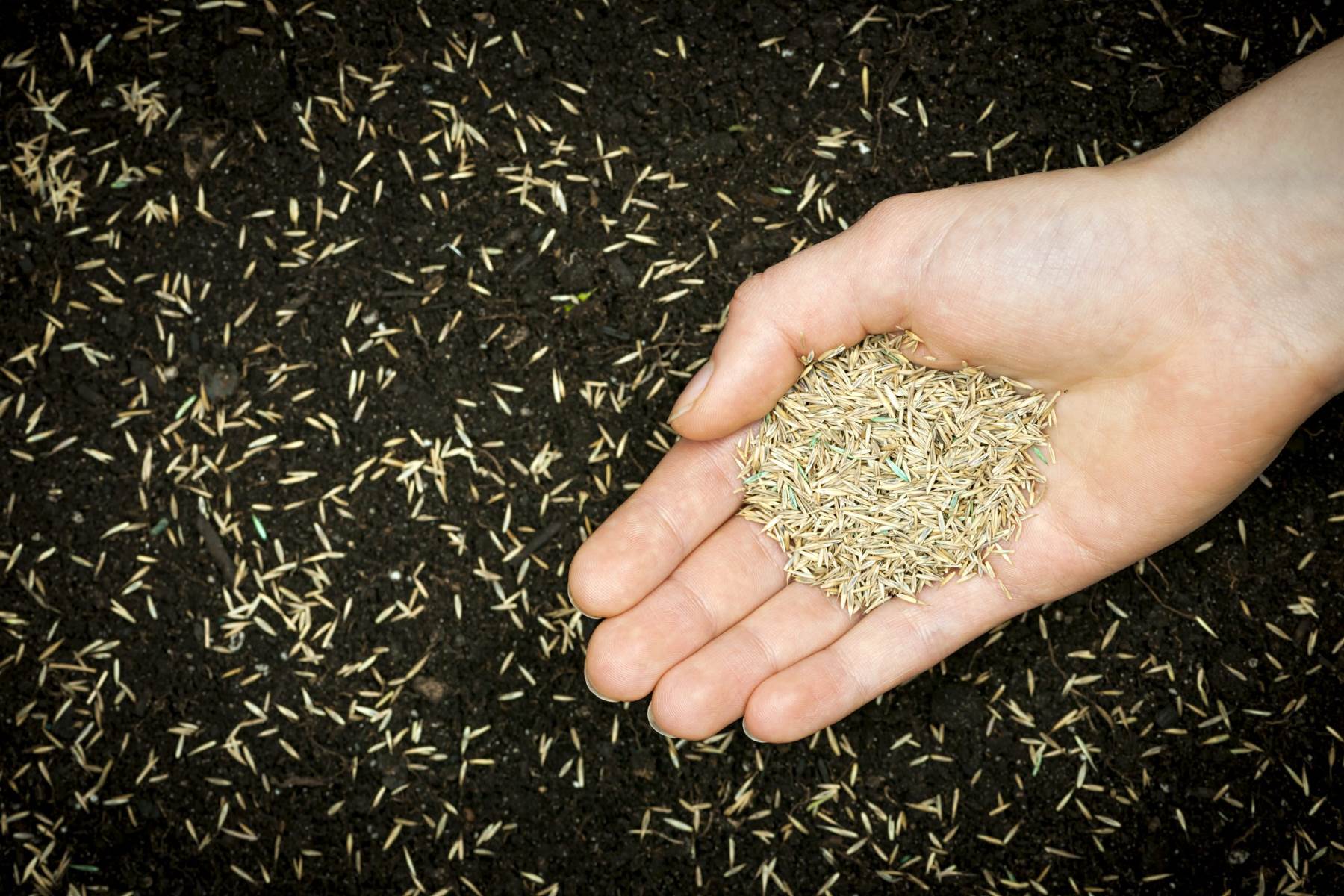
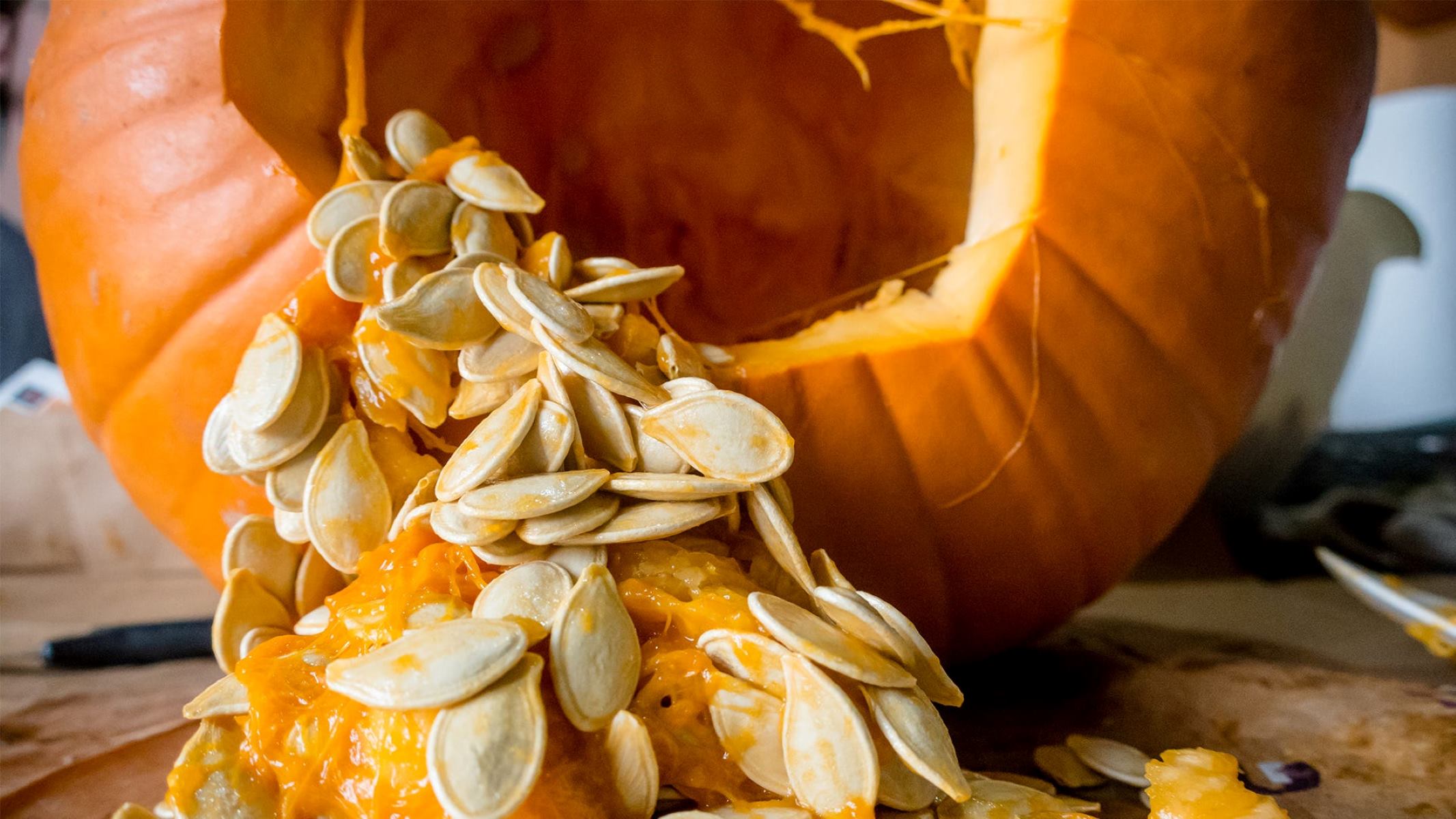
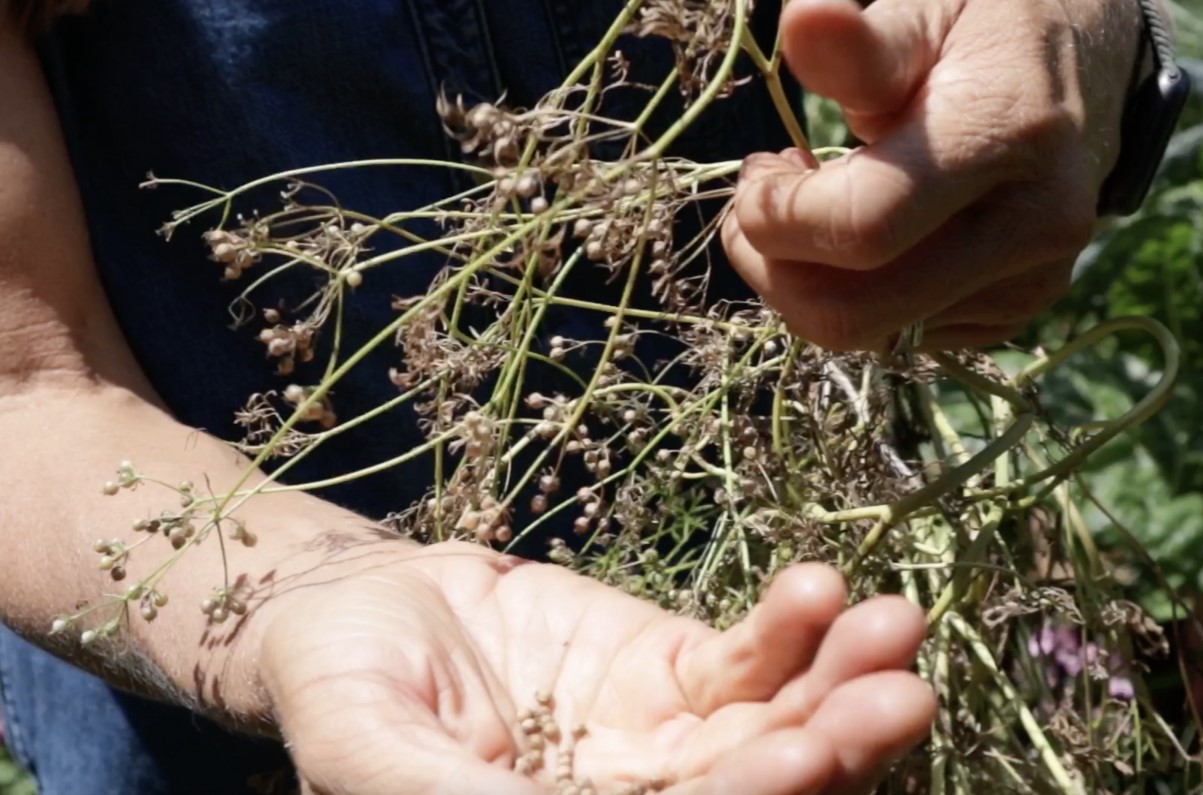
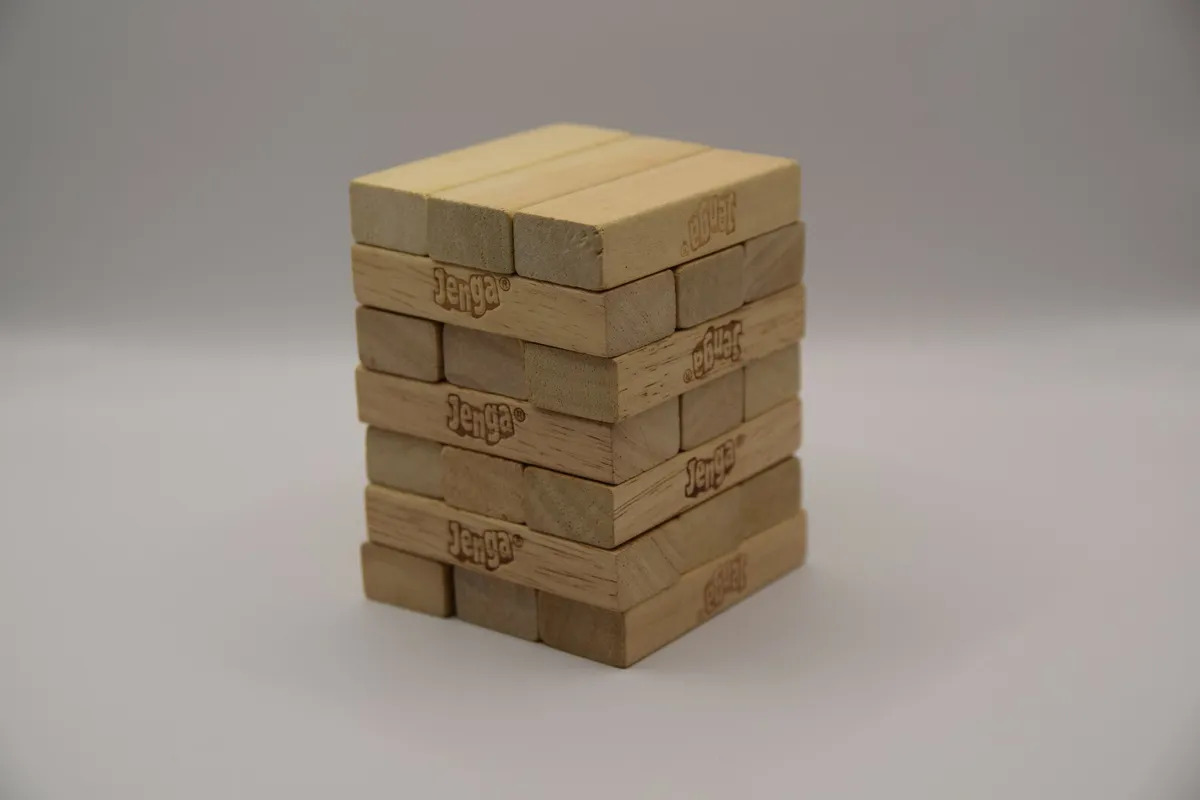
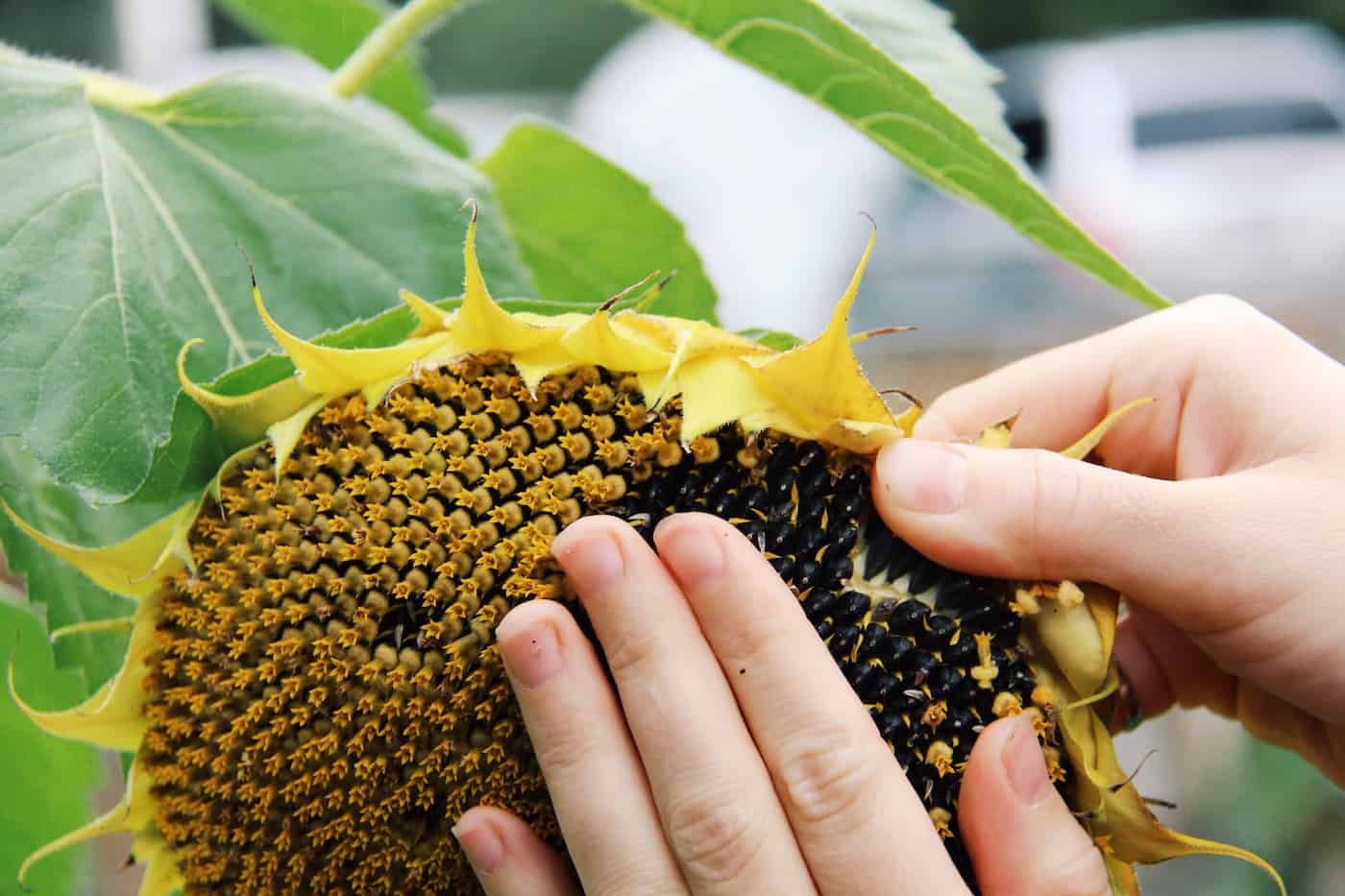

0 thoughts on “Where Does Nyjer Seed Come From”